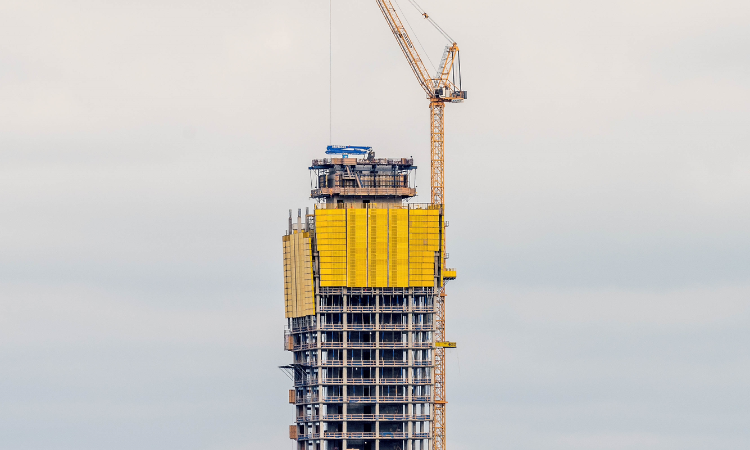Client: Vance Corporation
Dates of Service: 1998
Project Summary: This historic high-rise office building was experiencing long-term, significant leakage at its upper-level windows, its brick veneer and terra-cotta claddings were degrading, and concrete walls were spalling.
The PL: BECS evaluation revealed inadequate densities and corrosion of brick veneer anchors, corrosion of masonry support lintels, corrosive spalling of cast-in-place concrete walls, absence of window flashings, seismic cracking in structural concrete walls, degradation of the brick veneer and terra-cotta claddings, and similar problems.
To limit costs, the evaluation’s findings were presented to the owner verbally, in combination with photographs, and through a demonstration of typical problem areas via a tour of the building.
Whether for communication, observation, or transportation, towers are tall, thin structures. To build a tower is to undertake the task of constructing one. The tower’s past and its significance: The practice of building towers stretches all the way back to ancient times. Initially, towers were built for defensive or religious purposes.
Types of Towers
- Guyed Tower – a tower that uses guy wires for stability. Cables secured to the ground at intervals provide additional support for the structure.
- Monopoles: Monopoles are towers that are only supported by one point. Typically, monopoles are used for smaller structures like cell phone towers.
- Self-Supporting Towers: Self-supporting towers are those that can withstand their own weight without any external support. Towers that are several stories tall, such as radio towers, typically rely on self-supporting supports.
- Towers can also be used as lookout posts, windmill generators, or even as decorative chimneys.
Factors That Should Be Taken Into Account When Building a Tower
Soil and foundation concerns The soil and foundation must be sturdy enough to bear the tower’s mass.
The ideal location for the tower is one that is safe from earthquakes and other hazards.
The tower’s construction must follow safety rules and allow it to withstand natural elements such as wind, snow, and other weather.
Components of a Tower’s Construction
- Steel: The most common material for tower construction is steel. Steel is a resilient material that can withstand the chill of wind and the weight of snow.
- Concrete: This material is used frequently in the construction of towers and other very high structures. In terms of strength and load-bearing capacity, concrete excels.
- Aluminum: Towers, especially shorter, lighter towers, are sometimes constructed using aluminum and other alloys.
Building a Tower Expensiveness
Tower construction costs are very contextual, varying widely according to tower type, materials, and site. However, costs could be prohibitive.

